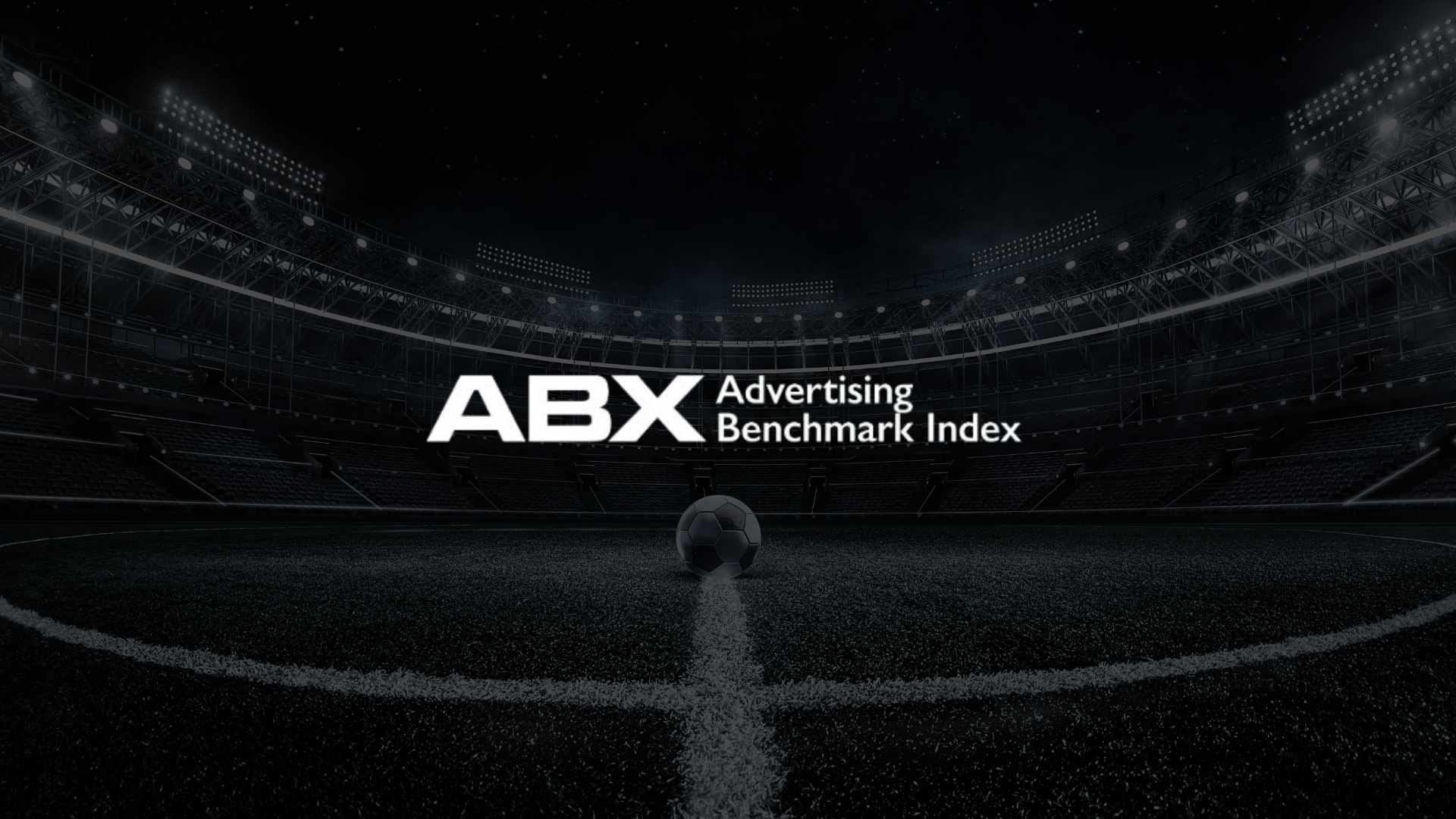Elon Musk is making a hard sell to advertisers: let Grok, X’s AI assistant, run your campaigns end-to-end. The promise? Automation that levels the playing field for small and midsize businesses. The reality? Marketers aren’t biting—at least, not yet.
AI Dreams Meet Ad Industry Skepticism
The pitch isn’t without precedent. Google and Meta have been pushing automation for years, and advertisers have gradually adapted. But asking brands to hand over complete control—on a platform that’s been historically volatile—sets off alarms.
“X has underperformed in the past, and Grok is unproven,” said Christopher Spong of Collective Measures. “We need more than a ‘trust us, bro’ from leadership.”
That trust gap has widened since Musk’s 2022 takeover. Human account reps, once a fixture for advertisers, have all but vanished. Four agency executives told AdTech Edge they’ve had no consistent point of contact for troubleshooting or campaign advice in nearly two years.
The SMB Play
Monique Pintarelli, head of the Americas at X, says Grok is designed to make ad buying as frictionless as possible for SMBs. “We’re thinking about how to let SMBs compete in an exciting way,” she said during a Spaces event last week.
It’s a logical strategy: automation reduces complexity, helping smaller advertisers spend without hiring in-house media experts. But as Shamsul Chowdhury of Jellyfish noted, “It makes X more interesting, but not necessarily more appealing.”
Brand safety remains a sticking point. While X has rolled out content controls, updated moderation policies, and added brand safety tools, Musk’s own posts—amplifying conspiracy theories or reinstating banned accounts—have repeatedly undercut the message.
Big Names in the Room, But Not Enough on the Ledger
X can still pull high-profile partners. Shark Ninja, Kia, Lowe’s, Uber, the NFL, and the WNBA all joined last week’s Spaces call. But in the ad business, smaller brands often follow the lead of big spenders—and those big spenders are waiting for proof the platform can deliver.
“Advertisers need direct support to build confidence,” said Alanna Putterman of Basis Technologies. “That investment could help encourage spending.”
Until then, X remains in a chicken-and-egg bind: it needs big brands to validate performance so smaller advertisers feel safe investing—but without fixing trust and support, those big brands won’t commit.




